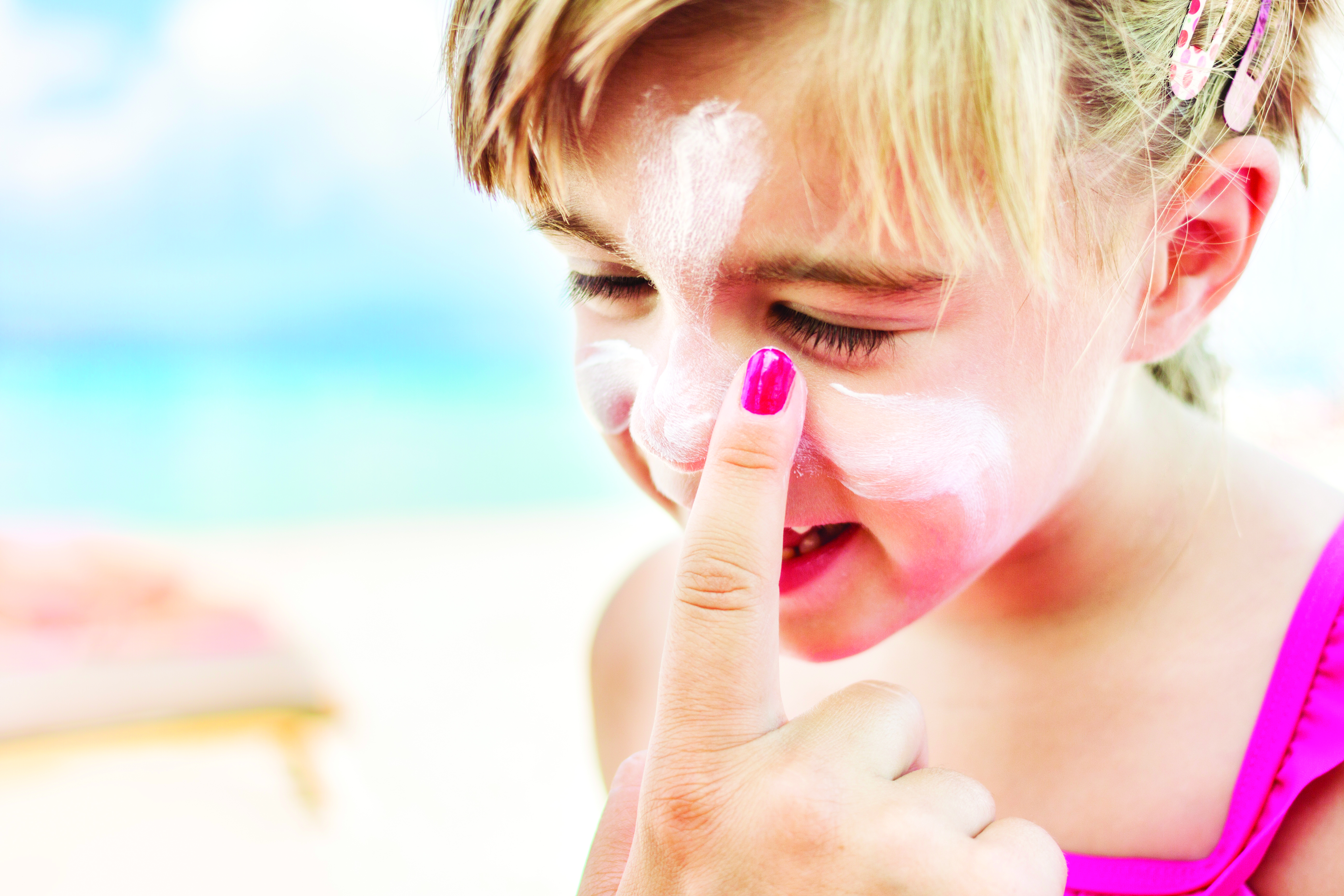Who is at a greater risk of skin damage?
A factor which can increase the risk of skin damage as a result of overexposure is the person’s skin type. One way to describe skin types and how they react to the sun is using the Fitzpatrick Skin-Type Chart.The different types are summarised below:
- Type 1: Often burns, rarely tans. Tends to have freckles, red or fair hair, blue or green eyes.
- Type 2: Usually burns, sometimes tans. Tends to have light hair, blue or brown eyes.
- Type 3: Sometimes burns, usually tans. Tends to have brown hair and eyes.
- Type 4: Rarely burns, often tans. Tends to have dark brown eyes and hair.
- Type 5: Naturally brown skin. Often has dark brown eyes and hair.
- Type 6: Naturally black-brown skin. Usually has black-brown eyes and hair.

All skin types are at risk of skin damage but those with types 1 and 2 must take extra care. In addition to the above there are other groups at risk of skin damage:
- Children and young people, particularly babies.
- People with moles.
- Those who have had little exposure to the sun due to cultural reasons or are housebound due to illness/frailty.
- People who work outdoors or those with outdoor hobbies, e.g. golf.
- Those who have previously had skin cancer or a family history of the condition.
- Those who are immunosuppressed, e.g. organ transplant patients, HIV patients or taking medication that compromises the immune system.
- People who sunbathe regularly or use sunbeds.
- Those holidaying or living in sunny countries.
- Anyone with a history of sunburn in childhood, especially blistering.
There is often a misconception that artificial UV from sun lamps, beds and tanning booths is safe, however they are as harmful as the sun and sometimes more harmful as some people will use them more frequently than they would bathe in the sun.
